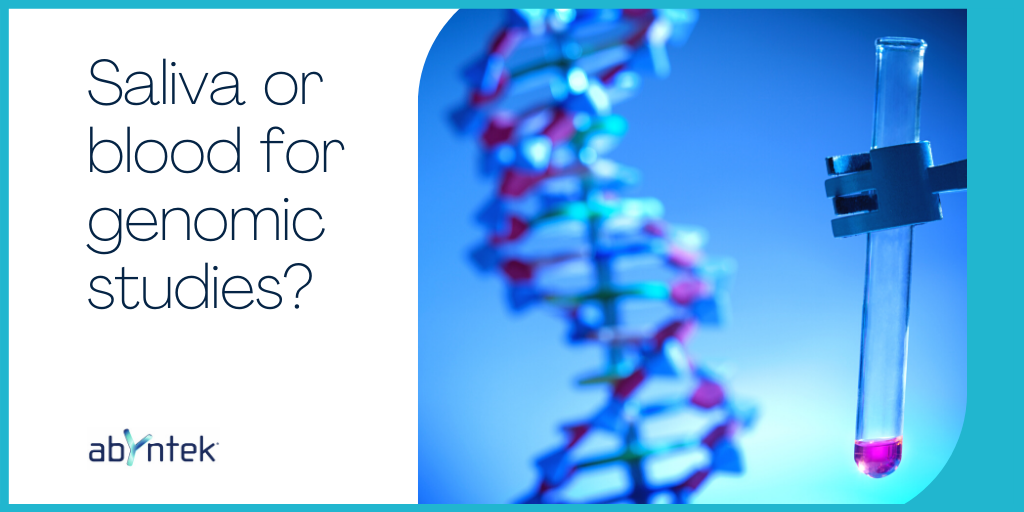The convenience of collecting the sample in a non-invasive way is a point in its favor for the patient. On the other hand, its stability at room temperature facilitates both the storage and the transport of the samples compared to the complex logistics that blood samples require due to the need to maintain the cold chain.
The most controversial part seemed to be in the quantity and quality of the DNA obtained by the two types of samples. However, with the appropriate collection methods, the performance and quality of the results obtained by both routes are perfectly comparable.
In this post we bring you 3 key points that show the equivalence between using saliva or blood samples for genomic studies.
WHY ARE SALIVA OR BLOOD SAMPLES COMPARABLE FOR GENOMIC STUDIES?
1.- LABORATORY WORKFLOW
The laboratory workflow and the extraction protocols are very similar whether starting from blood or saliva samples. Of course, in the second case, it is essential to have taken the sample with the appropriate kits, which allow collecting a liquid sample that will be processed in a very similar way to blood.
2.- DNA QUALITY
The DNA obtained from saliva samples comes mainly from the white blood cells present in it, so the source of DNA is basically identical in both cases. This is a guarantee for obtaining high quality DNA.
3.- GENOMIC ANALYSIS APPLICATIONS
To date, the use of saliva samples is validated like blood for most technologies including PCR, arrays and sequencing, since the yield of DNA obtained from saliva or blood samples for genomic studies is equivalent in both cases (learn more in this study).




